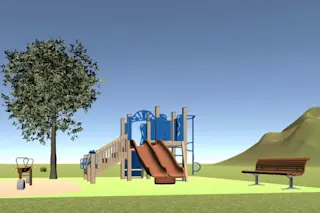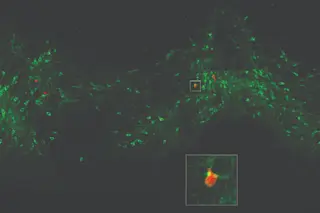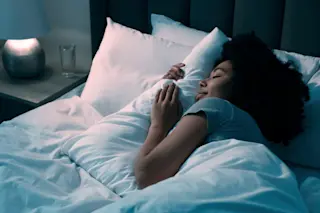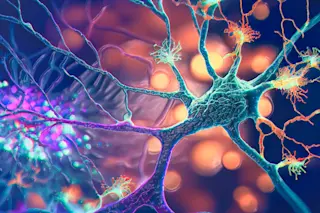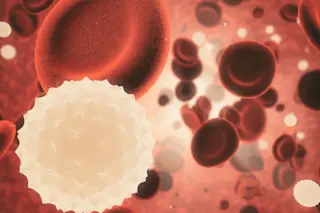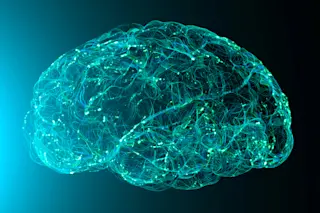When a brain-damaged person seems unresponsive, the uncertainty is excruciating. Is the person in a vegetative state, awake but not conscious, or are they minimally conscious
, still retaining some shreds of awareness? Scientists can now distinguish between people in vegetative and minimally conscious states
by measuring brain waves, a Belgian research team announced at the Society for Neuroscience conference last week, which could lead to a more clear-cut, objective way to make the diagnosis. The researchers used EEGs, readouts of the brain's electrical activity, to study how the brains of healthy and brain-damaged people responded to a mild electrical jolt. They then quantified how complex and widespread the brain activity of different patients was, using this complexity measure as, essentially, a gauge of consciousness. In 32 wide-awake, healthy patients, the jolt elicited a widespread flurry of brain activity; two patients with locked-in syndrome, where patients are fully conscious but ...






